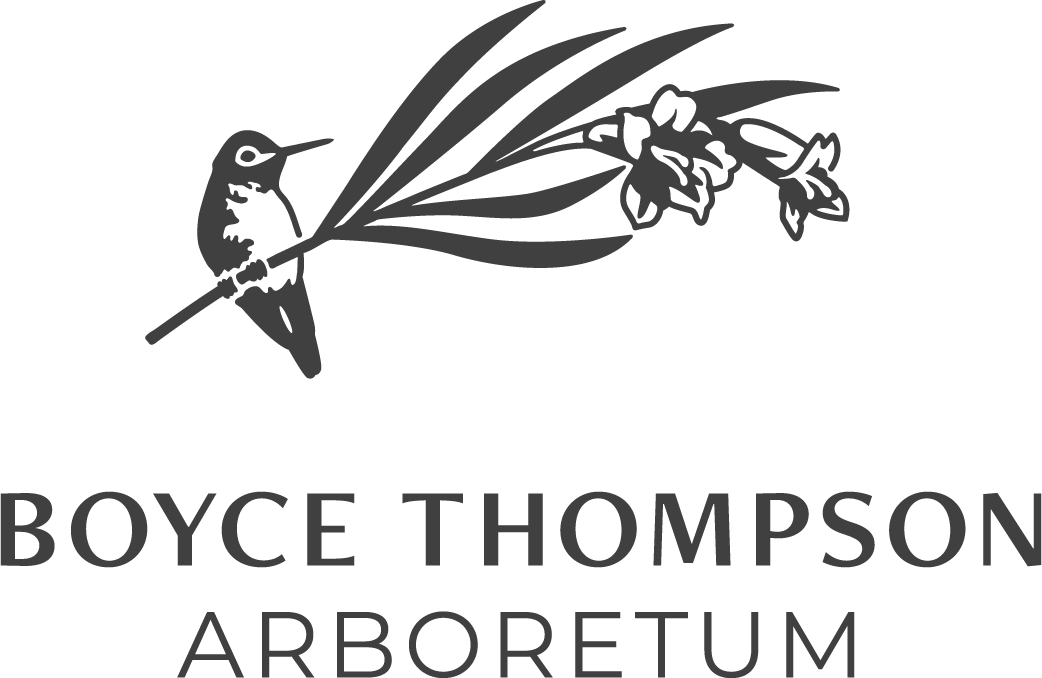November Blooms at the Arboretum
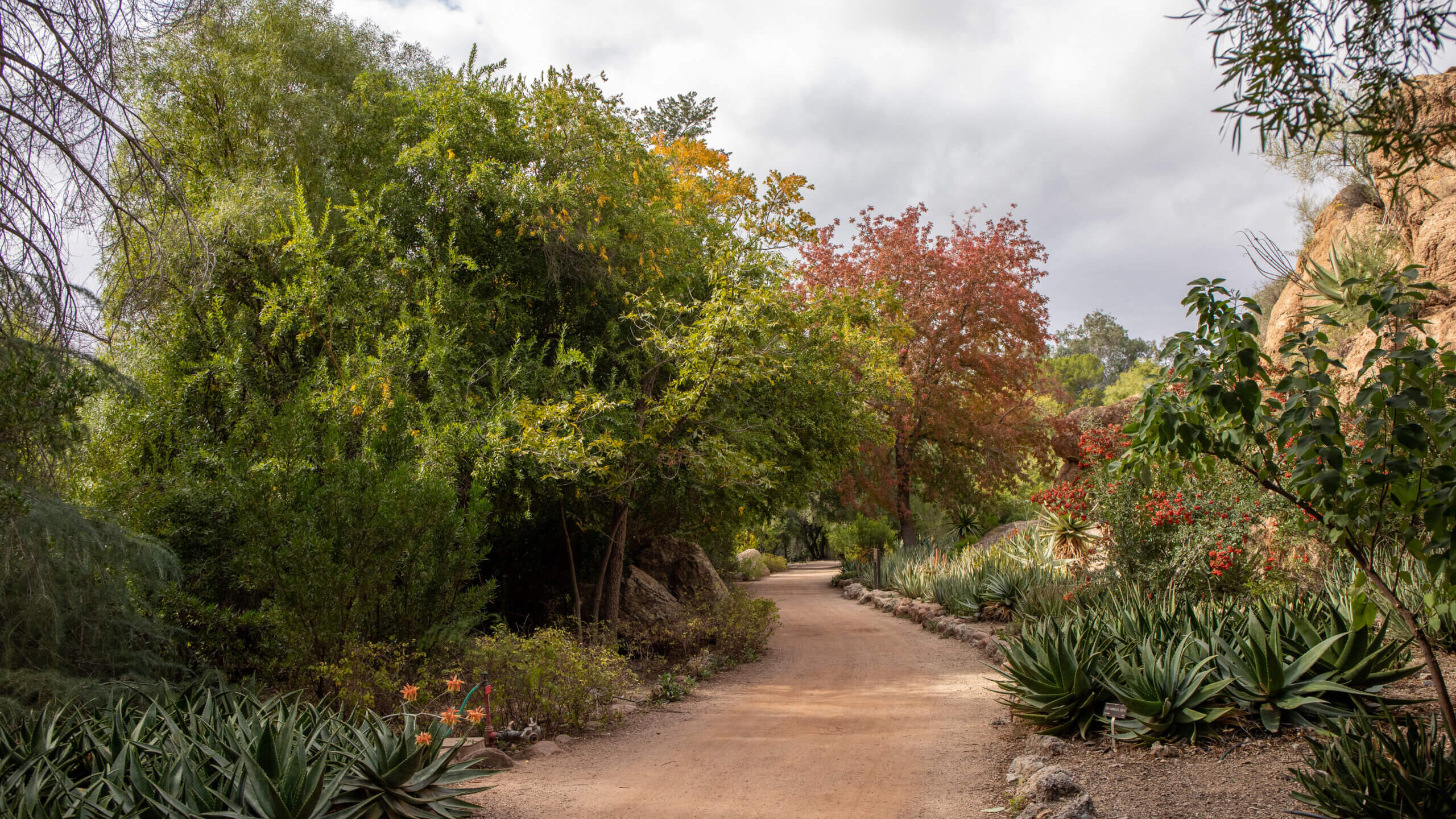
Fall Foliage is often the star of the Arboretum in Autumn, but November visitors will be delighted to find striking colors and blooms throughout the gardens!
Demonstration Gardens
A popular location for fall color and butterfly watching, the demonstration gardens are must-see during your visit. In Fall and Winter Caesalpinia cacalaco (Cascalote), an evergreen small tree or shrub bears clusters of golden yellow, pea-like flowers which attract hummingbirds. Here you’ll also find Plumbago auriculata, commonly called cape leadwort or cape plumbago. Native to South Africa, this creeping shrub has line-like branches and can grow up to 10 feet tall, producing blue flower clusters.
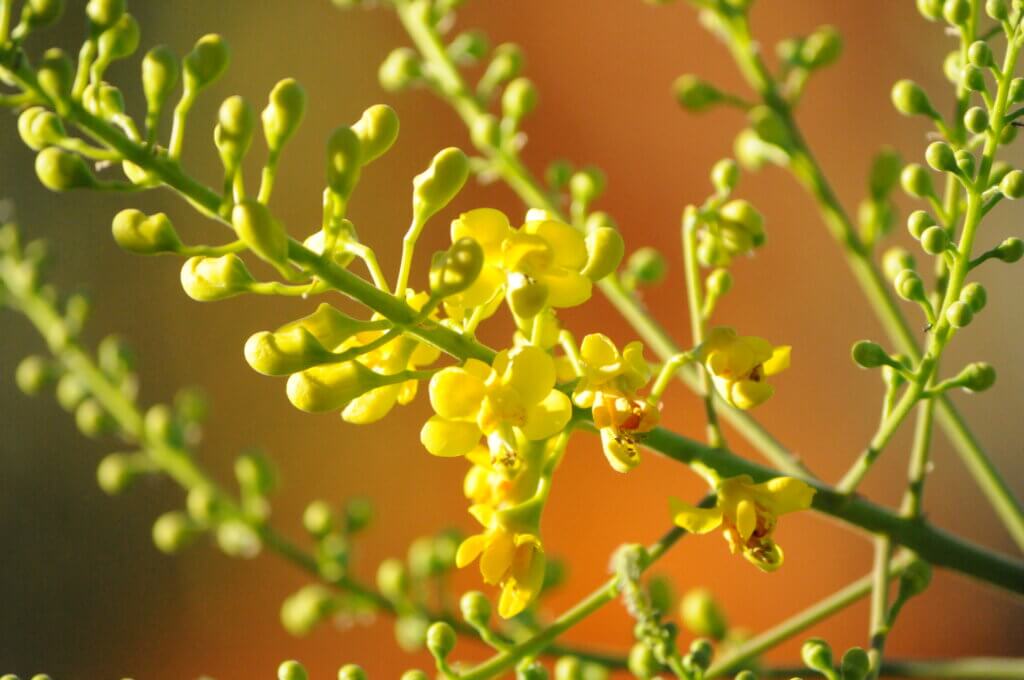
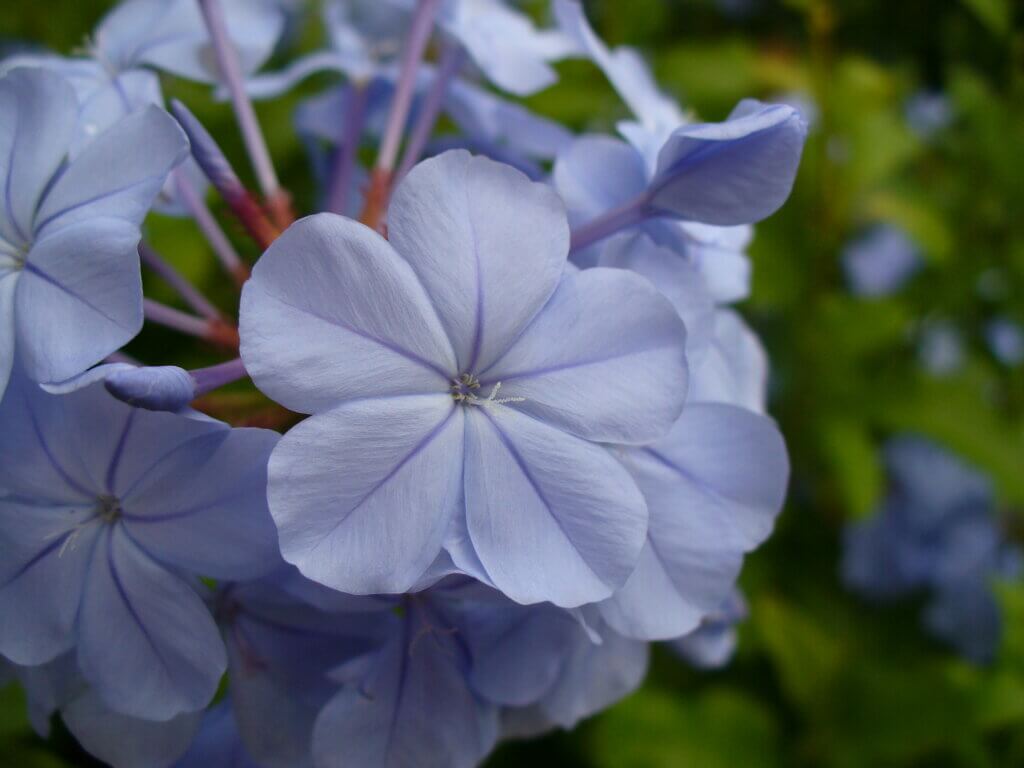
Wallace Desert Gateway Garden
A collection of many treasures, the Wallace Desert Garden never fails to deliver beautiful and unique sights to those who traverse the trails. At the Entrance of the Wallace Garden, you’ll find Ceiba insignis (white floss-silk tree), a distinctive deciduous tree with a swollen, thorny trunk and spreading branches. When young, the trunk and branches are covered with green bark that is capable of photosynthesis, with age the bark becomes gray and fissured. During the fall and winter, Ceiba insignis produces beautiful creamy-white or pale-yellow flowers with touches of pink, that beautifully contrast its abrasive trunk.
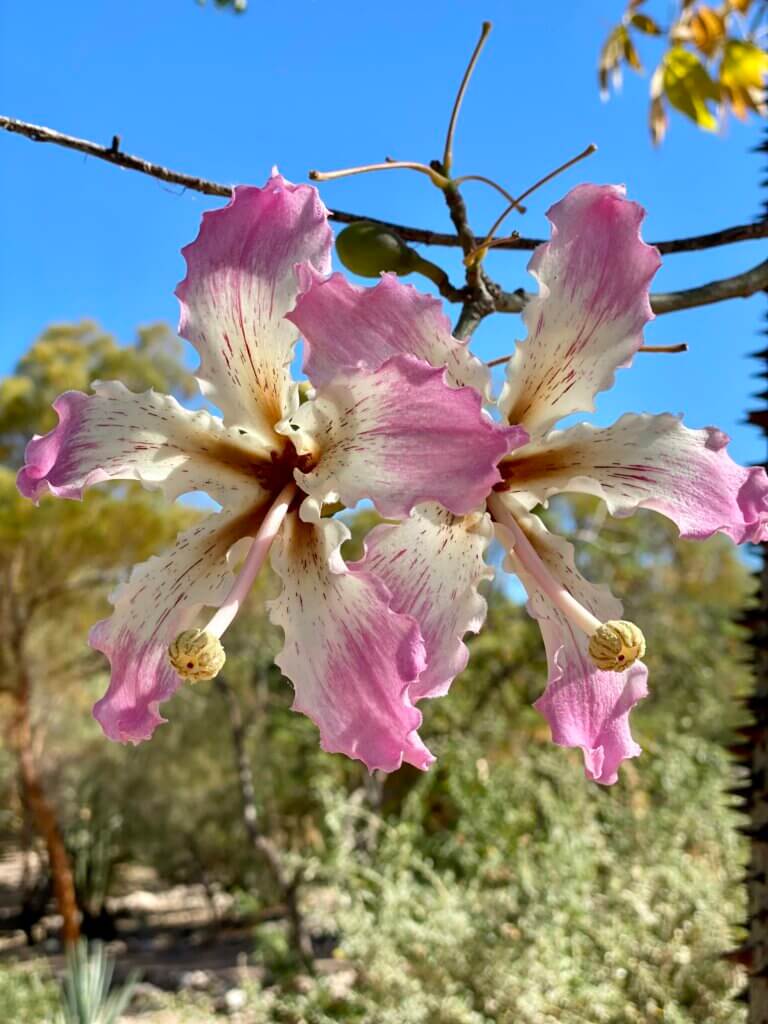

Australian Deserts and Eucalyptus Forest
The eucalyptus of the Arboretum put on their own show in late autumn with the blooms of Eucalyptus sideroxylon (red ironbark) and Eucalyptus lansdowneana (crimson mallee).
An evergreen tree, Eucalyptus sideroxylon can grow up to 35 meters tall and produces crimson flowers with long filaments in loose clusters of three to seven. Fertilized flowers develop into small goblet-shaped seed capsules that turn red-brown when mature, with many tiny, egg-shaped seeds inside. The smaller Eucalyptus lansdowneana grows up to 10 meters tall, and blooms with clusters of red, pink, purple, or cream flowers that are loved by birds and other nectar eaters.
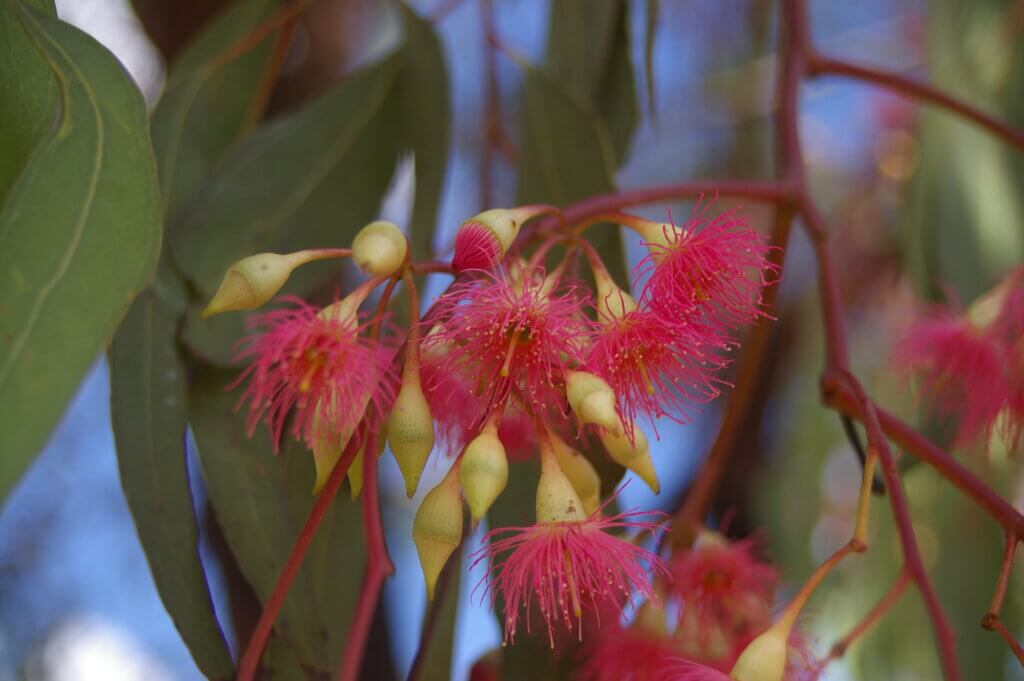
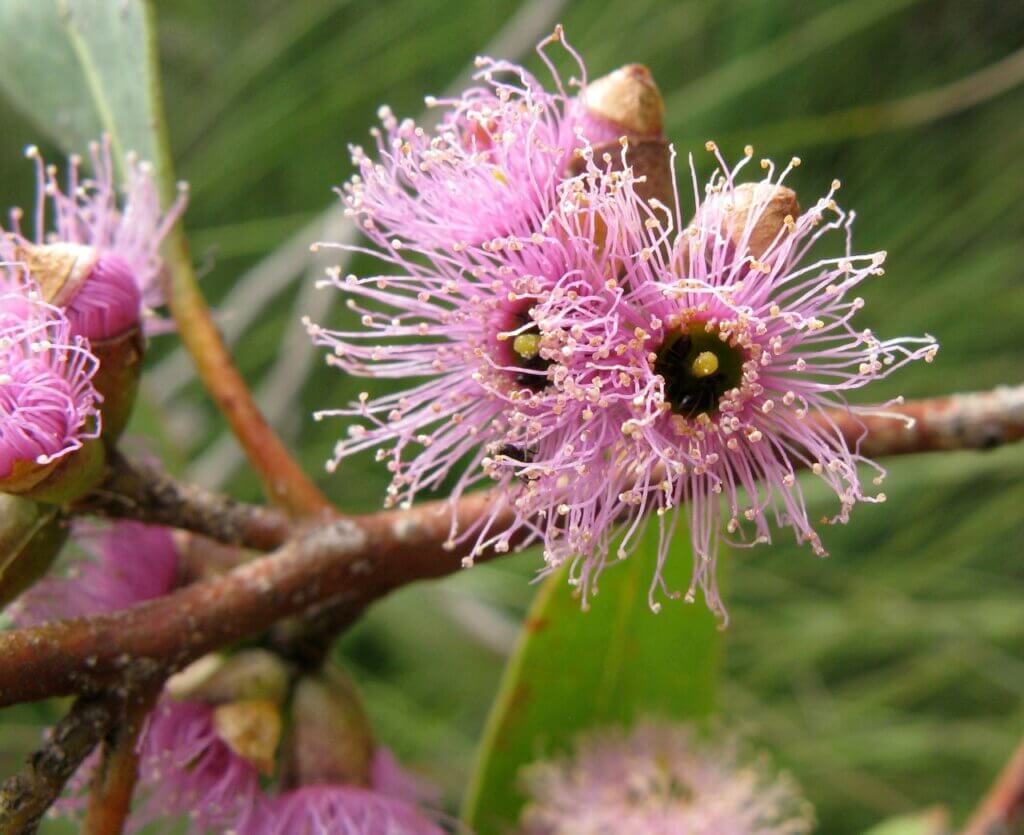
South African & Wallace African Loop
Many of the more than 200 Aloe species start blooming around Arboretum around this time. Native to many habitats from Africa to the Arabian Peninsula, aloes thrive in the arid climate of Superior, AZ. The striking aloe inflorescences range from red, pink, orange, yellow, and green. These flowers attract several species of hummingbirds. The Aloe Garden in the South African Deserts Exhibit (32 on map) and African Loop in The Wallace Desert Garden (Q on map) are the best places to see many blooming aloes at once.
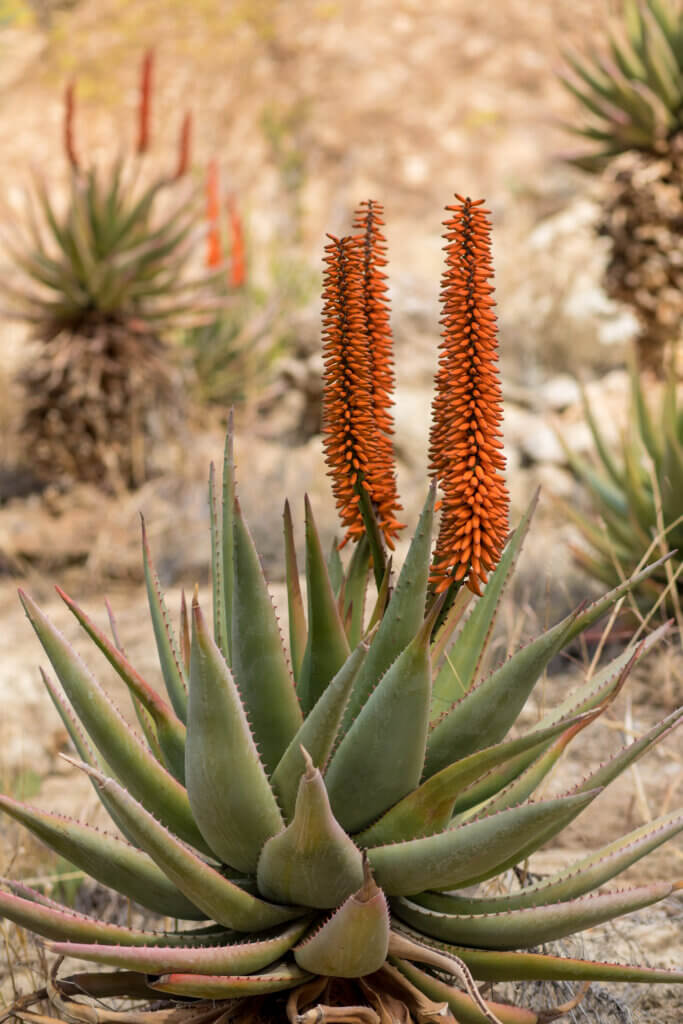
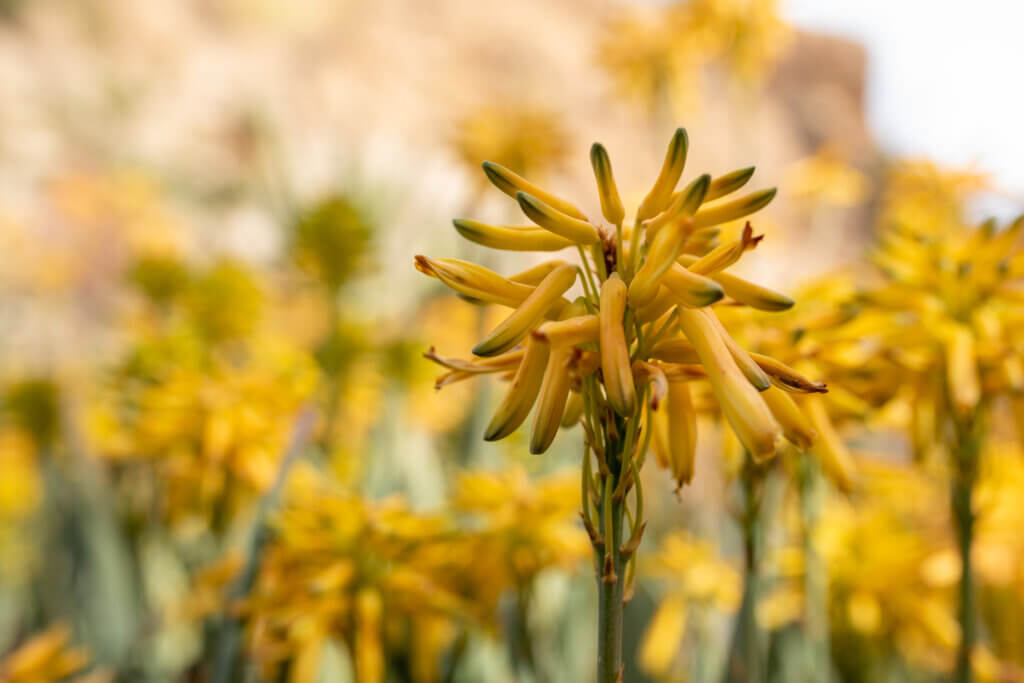
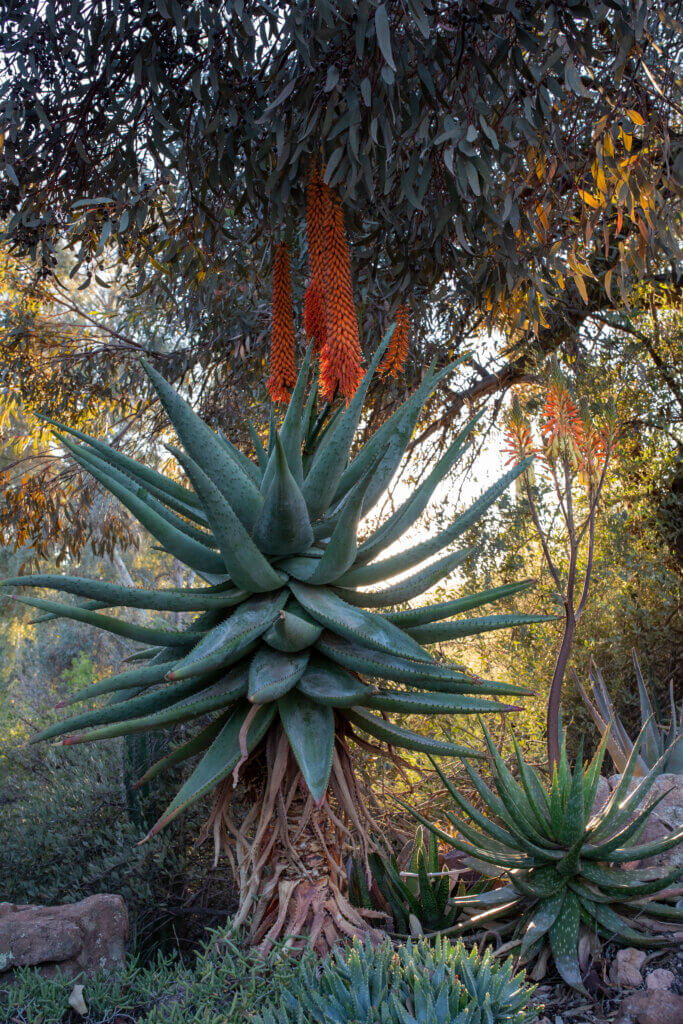
November is a wonderful time at Arboretum, with perfect autumn temperatures, blooming aloes and eucalyptus, fall foliage and so much more! Visit btarboretum.org to plan your visit and explore all the opportunities to enhance your experience.
